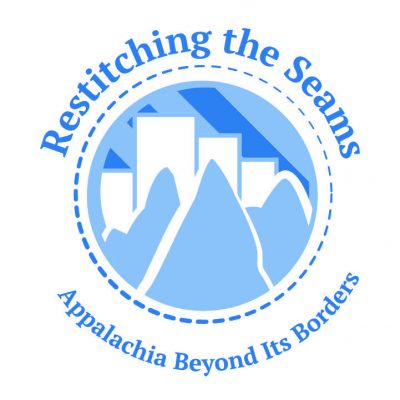Participation Type
Paper
The Ballrooms of Bucktown: Crossroads of Migration, Music, and Dance in Cincinnati
Presentation #1 Abstract or Summary
During the nineteenth century, Cincinnati was a crossroads of migration, music, and dance. The nation’s six-largest city from 1840 until 1860 and known as the “Queen City of the West,” this rapidly-growing metropolis was an important stop-over for travelers and boatmen on the Ohio River – first on flatboats and later steamboats. This city of migrants attracted numerous German and Irish immigrants, and it also became the home to thousands of African Americans, who sought freedom from slavery on the north side of the Ohio River, via the Underground Railroad. The blending of the music and dance traditions that was the result of this mix of African Americans and European Americans was vividly depicted in writer Lafcadio Hearn’s colorful account of African American dances in 1876. These frolics took place in the “ballrooms” of Bucktown, a neighborhood where many of the black riverboat workers (“roustabouts”) lived. This rich musical environment of Cincinnati’s past no doubt had a large influence on Thomas Rice and Daniel Emmett, two of the founders of blackface minstrelsy in America, and its legacy survives on several 78-rpm recordings made in 1924 by African American musician and dance caller Sam Jones (“Stovepipe No. 1”), who calls out dance figures while playing the harmonica, kazoo, and guitar.
At-A-Glance Bio- Presenter #1
Phil Jamison is a nationally-known old-time musician, flatfoot dancer, and square dance caller, who teaches Appalachian music and dance, as well as mathematics, at Warren Wilson College in Asheville, North Carolina. Over the years, he has done extensive research in the area of Appalachian dance, and his recently published book, Hoedowns, Reels, and Frolics: Roots and Branches of Southern Appalachian Dance (University of Illinois Press, 2015), tells the story of these Southern traditions. www.philjamison.com
The Ballrooms of Bucktown: Crossroads of Migration, Music, and Dance in Cincinnati
During the nineteenth century, Cincinnati was a crossroads of migration, music, and dance. The nation’s six-largest city from 1840 until 1860 and known as the “Queen City of the West,” this rapidly-growing metropolis was an important stop-over for travelers and boatmen on the Ohio River – first on flatboats and later steamboats. This city of migrants attracted numerous German and Irish immigrants, and it also became the home to thousands of African Americans, who sought freedom from slavery on the north side of the Ohio River, via the Underground Railroad. The blending of the music and dance traditions that was the result of this mix of African Americans and European Americans was vividly depicted in writer Lafcadio Hearn’s colorful account of African American dances in 1876. These frolics took place in the “ballrooms” of Bucktown, a neighborhood where many of the black riverboat workers (“roustabouts”) lived. This rich musical environment of Cincinnati’s past no doubt had a large influence on Thomas Rice and Daniel Emmett, two of the founders of blackface minstrelsy in America, and its legacy survives on several 78-rpm recordings made in 1924 by African American musician and dance caller Sam Jones (“Stovepipe No. 1”), who calls out dance figures while playing the harmonica, kazoo, and guitar.

